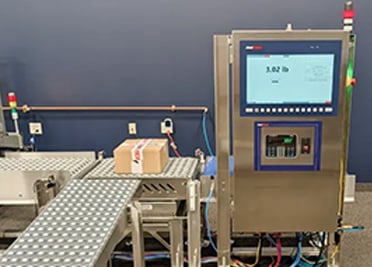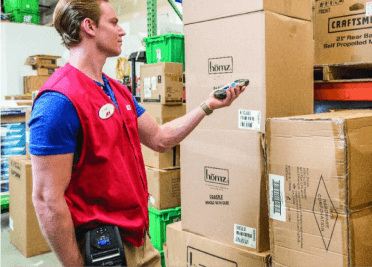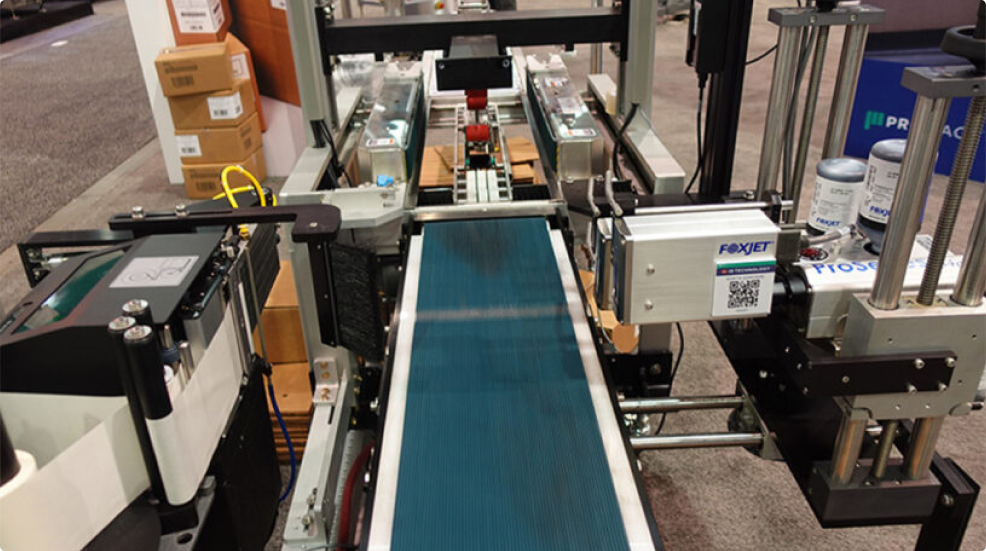We were supposed to ship the order last Thursday.
Instead, we spent four hours searching for parts that never made it to the line. That wasn’t the first time it happened—and it wasn’t the worst. But it was the last straw. Production managers were frustrated. The warehouse team felt defeated. And leadership? Let’s just say I stopped checking my inbox after 6 p.m. We were hemorrhaging time on something as basic as inventory accuracy.
The Mess Behind the Metrics
On paper, we were hitting 94% accuracy. That’s what our cycle counts showed. But in practice? We were chasing pallets that weren’t where they should be, double-ordering raw materials we already had, and dealing with more than a few frantic vendor calls.
And that 6% error rate? It translated to:
-
Delayed shipments
-
Rework on the floor
-
Misplaced materials causing overtime
-
Strained customer relationships
It wasn’t just about numbers. It was about trust—internally and externally.
Enter RFID: Not Just a Tech Upgrade—A Mental Shift
I’d heard about RFID before. Honestly, I thought it was overkill. Our barcoding system “worked,” and changing it felt risky. But AbeTech didn’t come in with a sales pitch. They walked the floor. They listened to how our process actually functioned—not how it was supposed to function. They found the gaps. The real gaps. “The problem isn’t that you can’t track items—it’s that your system assumes humans won’t get distracted.” They were right.
We Started Small, Then Moved Fast
We began with RFID tagging at the point of receipt. No more guessing what had arrived or where it ended up.
Then came:
-
Zone-level readers in key staging and storage areas
-
Portal readers at the line-side and dock doors
-
A dashboard that showed us—live—what was where
And maybe the most powerful shift? Automated alerts when inventory moved without a scan, stayed in staging too long, or didn’t show up when expected. Inventory accuracy jumped from 94% to 99.7% in 60 days.
The Quiet Wins That Changed Everything
RFID didn’t just help us track inventory—it changed how we thought about work.
-
We stopped padding production timelines "just in case"
-
Supervisors made real-time decisions, not “best guesses”
-
Our planners stopped playing detective every week
I remember the day we shipped three high-priority orders ahead of schedule. No drama. No last-minute scramble. Just confidence.
What I Wish We Knew Earlier
Looking back, we waited too long. We were trying to fix human problems with more human effort: more checks, more reports, more training.
RFID didn’t eliminate people—it empowered them. It gave our team the tools to see clearly and act fast.
If you're still relying on paper, tribal knowledge, and barcode scans that might happen—you're not in control.
Ask Yourself
-
Do you trust your inventory numbers at 2 a.m.?
-
Can you tell where an item is without walking the floor?
-
Are your best people spending time solving problems they shouldn't have to?
Final Thought
If you’re managing manufacturing inventory and still hoping “this time everything will be in the right place,” I’ve been there.
There’s a better way. And it starts with seeing the problem—and the solution—clearly.
Want to talk about it?
We’re here when you're ready.
🔗 Contact AbeTech to upgrade your inventory management with RFID.
#RFID #InventoryManagement #SmartManufacturing #SupplyChainVisibility #AbeTech #Automation











